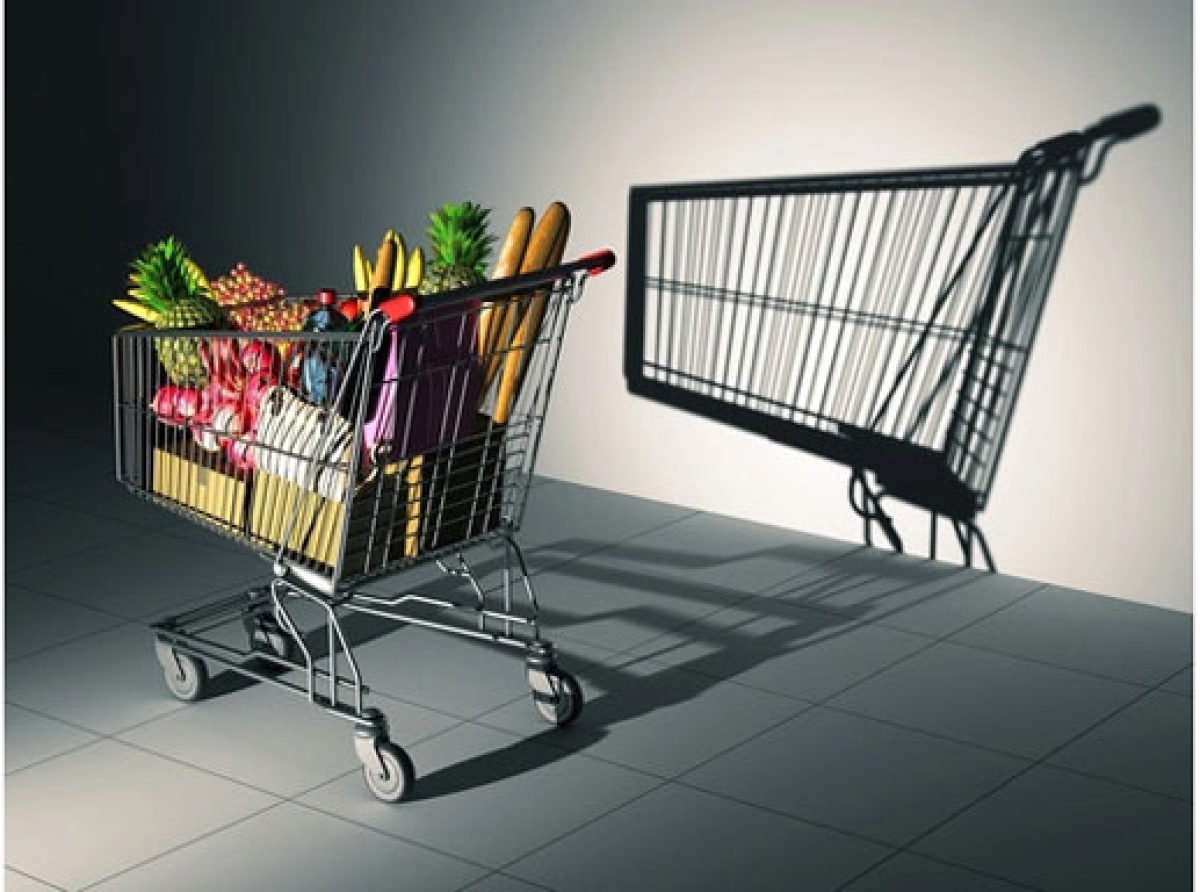Decode In Fashion Space: Disposal Income v/s Non-Discreet Spend!

16 July 2022, Mumbai:
Individuals and corporations generate income via the sale of products and services and through the investment of cash in assets like IRAs (IRAs). Pensions or Social Security are examples of additional income streams.
This money might be spent on items individuals want rather than need, or it can be utilized to pay for daily expenses and requirements. However, there are minute distinctions between discretionary and disposable income.
ALSO READ Urban consumers cut back on apparel spending amid rising inflation: Survey
This post will cover these distinctions, along with instructions on determining your discretionary income.
Knowing your discretionary income will enable you to determine your loan payback under an income-based repayment plan if you have student loans.

ALSO READ Apparel Sector - How much is cost inflation posing a threat to volume and demand Pressure
One of the economic indicators used to assess the status of the economy is disposable income. the amount of net income that a household or person has left over after income taxes that they can use to invest, save, or spend.
The net amount you receive in your check when you get a paycheck is your disposable income. All required payments less discretionary income equals discretionary income.
RELEVANT NEWS Sustainable but affordable Fashion
In the United States, a significant rise in disposable income translates into an increase in the stock market's value since stock valuation happens when there is plenty of employment and more spending.
A surge in consumer demand for products and services translates into higher production and output in the manufacturing and service sectors.

RELEVANT NEWS E-tailer Sales: Going Strong Despite Inflation & Low Consumer Sentiment
The health GDP of the United States depends heavily on consumer spending; when disposable income increases, households may choose to save and invest or to make purchases.
RELEVANT NEWS Bavincis to offer 'affordable luxury'
The average Indian consumer is currently in their mid-20s, which will impact sales, new product development, and product marketing within the fashion business. The number of working women in Indian society is also increasing due to shifting social standards.
This customer base, which enjoys financial freedom and the ability to make judgments, will be essential to the expansion of the fashion sector in India.
RELEVANT NEWS Persistent Inflationary Forces Playing Out & Its Impact On T&A
A further impetus for developing value-added items in the fashion industry will be rising family disposable income. The ambitions of Indian consumers will make it possible for them to go from "need" to "desire," and the rise in discretionary spending in their budgets would enable them to spend more on clothing.
Join our community on Linkedin
























